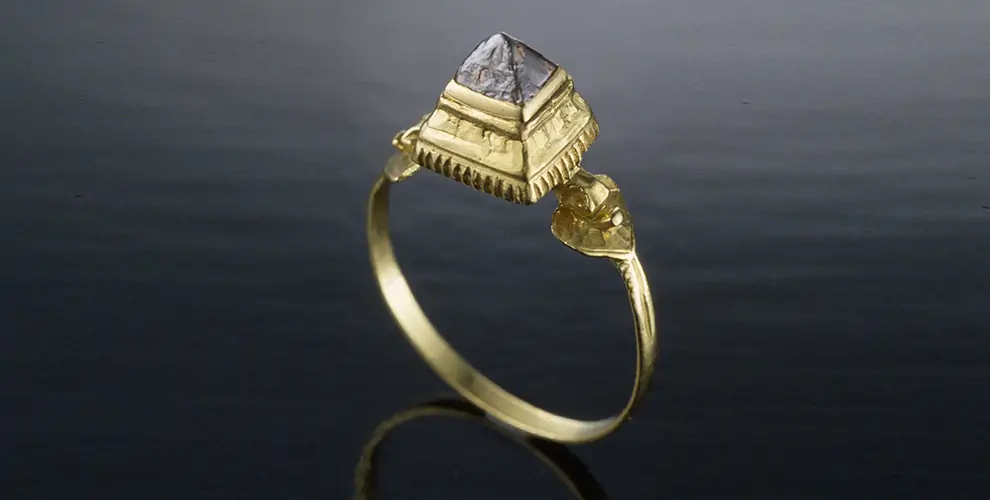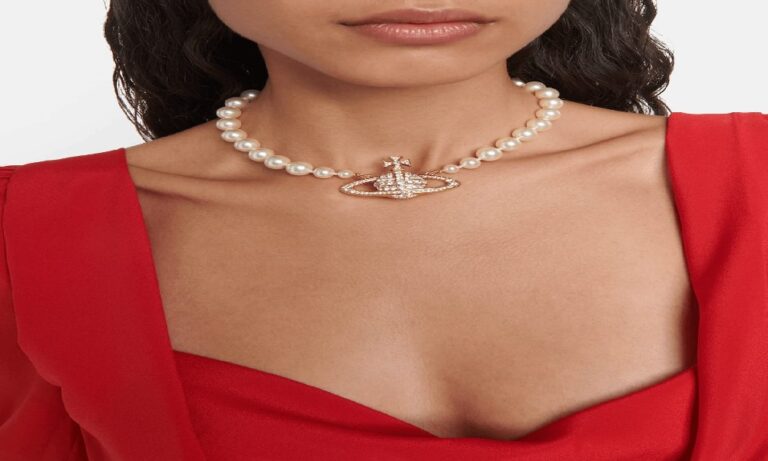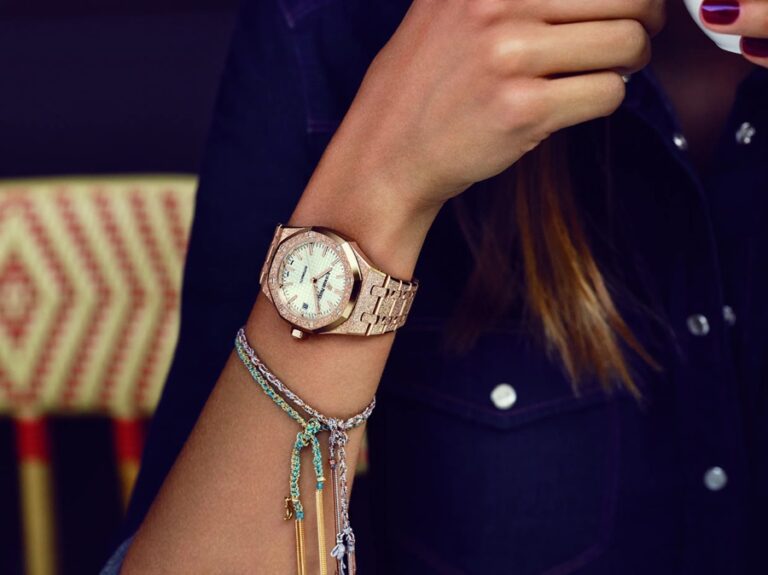
Rings have been a symbol of love, commitment, and adornment since ancient times. From simple bands to intricate designs, the history and evolution of rings is a fascinating journey that spans across civilizations and cultures. In this article, we will delve into the rich history of rings, their cultural significance, and how they have evolved.
-
The Ancient Origins of Rings
Rings have been worn for thousands of years, with the earliest evidence of their existence dating back to ancient Egypt and Mesopotamia. In these civilizations, rings were often made from materials such as bone, wood, and stone. They were used not only as decorative accessories but also as symbols of social status and power.
In ancient Egypt, rings were believed to have magical properties and were intricately carved with hieroglyphs and symbols. Their designs incorporated precious gemstones like lapis lazuli and turquoise.
-
The Symbolism of Rings in Ancient Rome
The Romans, too, placed significant importance on rings. They were used as status symbols, with different types of rings denoting different levels of social standing. For example, senators wore gold rings with red gemstones, while slaves were not allowed to wear rings at all.
One of the most famous Roman rings is the “betrothal ring” or “annulus profibus.” This ring was given by a groom to his bride as a symbol of their engagement.
-
The Renaissance and the Birth of Diamond Rings
During the Renaissance period, rings took on a new level of intricacy and craftsmanship. The discovery of new trade routes brought exotic gemstones like diamonds to Europe, and they quickly became the preferred choice for engagement rings among the nobility.
The famous diamond engagement ring tradition can be traced back to the 15th century. This sparked a trend among European nobility, and diamond rings became a symbol of wealth and prestige.
-
The Industrial Revolution and Mass Production
The Industrial Revolution in the 18th century brought about significant changes in the production of rings. With the advent of machinery, rings could be produced on a larger scale, making them more accessible to people from all walks of life.
This period also saw the rise of the middle class, who sought to emulate the styles of the upper class. Rings became more ornate, with intricate engravings and gemstone settings. The Victorian era, in particular, saw a resurgence of sentimental and symbolic jewelry, with rings being used to convey hidden messages and emotions.
-
The Rise of Modern and Contemporary Rings
The 20th century saw a shift in the design and materials used for rings. Art Deco, a style characterized by geometric shapes and bold colors, influenced ring designs in the 1920s and 1930s. Platinum became a popular choice for engagement rings due to its durability and white color.
In the latter half of the 20th century, rings became more personalized and reflected individual styles and preferences. The new materials like titanium and tungsten carbide offered alternative options to traditional metals like gold and silver.
-
The Future of Rings
As we look to the future, the evolution of rings will continue to be shaped by technological advancements and changing societal norms. Currently, you can buy rings for women and men both online and offline.
Eco-friendly and sustainable materials will also become more prevalent, as people become more conscious of the environmental impact of mining and manufacturing traditional metals and gemstones.
Conclusion
In conclusion, the history and evolution of rings is a testament to their enduring symbolism and cultural significance. From ancient civilizations to the modern era, rings have remained a cherished accessory and a symbol of love, commitment, and personal expression. As we continue to embrace the beauty and meaning of rings, their story will continue to evolve, reflecting the values and aspirations of each generation.







